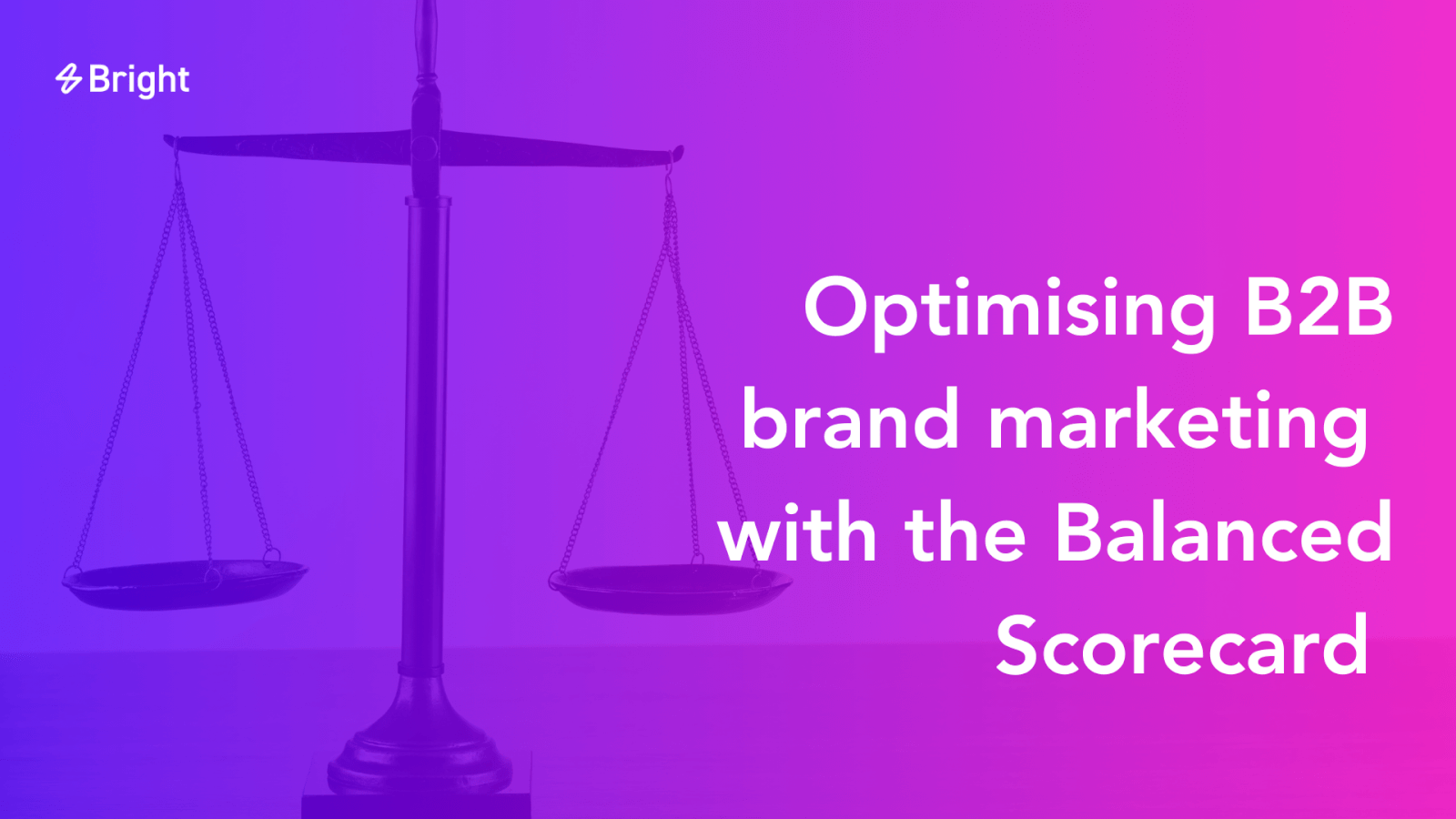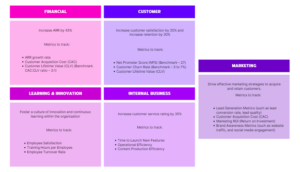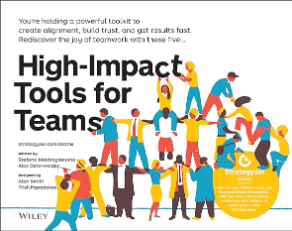You’ve got a solid strategy, and your team has put significant effort into executing it, but now you’re stuck. If that sounds familiar, this blog post might be just what you need to reignite your marketing strategy. Whether your strategy isn’t delivering the desired results, you’re struggling to make informed data-driven decisions, or finding it difficult to adapt to constant changes in the marketing landscape, we’ve compiled a list of models, tips, and tools to help you and your team improve your marketing effectiveness.
The power of SWOT analysis to understand your blockers
When feeling stuck, it’s often beneficial to step back and reflect. A SWOT analysis can uncover strengths, weaknesses, opportunities, and threats, providing a solid foundation to reassess your current strategy.
How to conduct an effective SWOT analysis:
- Strengths: Identify what your team excels at, what’s working well, the resources you have, and what sets your brand apart
- Weaknesses: Be brutally honest about what’s not working. Identify skill or resource gaps, underperforming aspects of your strategy, and ineffective tools
- Opportunities: Look for trends or new technologies to leverage, untapped markets or audience segments, and process improvements to boost team productivity
- Threats: Consider internal and external factors that could impact your strategy, competitor activities, and potential market or economic shifts.
Next steps:
After conducting your SWOT analysis, prioritise the areas needing immediate attention. Develop action plans to address weaknesses and threats while capitalising on strengths and opportunities.
Optimising your customer journey through better use of MarTech
Focusing on the buyer journey allows you to make targeted improvements without undergoing a wholesale MarTech review. By enhancing specific stages of the journey and demonstrating results, you can build a strong case for more extensive updates later.

Next Steps:
Identify gaps or silos in your current toolset that hinder a seamless customer experience. Invest in tools that provide a unified view of the customer for a consistent and personalised approach across all touchpoints.
Leveraging Gen AI and existing features
Ensure your team fully understands the features of your current tools, including how to leverage generative AI to enhance your strategy. Gen AI can automate content creation, personalise customer interactions, and provide predictive analytics.
Next Steps:
- Educate your team: Provide training opportunities on the full feature set of your current tools, focusing on how to effectively use Gen AI
- Set clear guardrails: Establish guidelines for AI activation to ensure responsible and effective use. Define parameters for testing, learning, and scaling AI-driven initiatives
- Pilot projects: Start with small-scale AI projects to demonstrate value. For example, use AI to personalise email campaigns or create dynamic content for social media
- Measure impact: Track the performance of AI-driven projects using relevant metrics. Analyse results to refine your approach and expand successful strategies.
Staying agile: Adapting to market changes
Technology, customer behaviour and business priorities are evolving rapidly. Your team needs to be resilient to roll with the changes needed to make sure your marketing remains effective. Taking an agile marketing approach helps you pivot quickly and maintain relevance – the way your work underpins the results you can deliver.
Here’s how you can stay agile:
- Focus on customer value and business outcomes
- Deliver value early and often
- Learn through experiments and data
- Foster cross-functional collaboration
- Respond to change over following a static plan.
Next steps: Embrace a growth mindset within your team and establish agile marketing principals. Encourage continuous improvement using up-to-date information and cultivate an environment of creativity and flexibility. Consider Bright’s agile marketing training to empower your team with the knowledge and tools to kick-start their agile marketing journey.
Finally, stay motivated, keep learning and measure success
To reignite your marketing strategy and ensure long-term success, remain flexible and open to new ideas. Use Bright’s reframe cards to encourage conversations and spark new thinking, challenging the status quo.
Celebrate small wins to keep your team motivated. Foster a culture of continuous learning and innovation, and view setbacks as opportunities to learn. By staying motivated and committed to continuous adaptation, you can navigate the dynamic marketing landscape and sustain marketing outcomes that drive your business goals. The key to a thriving marketing strategy lies in your ability to adapt, evolve and grow with the ever-changing market.










































